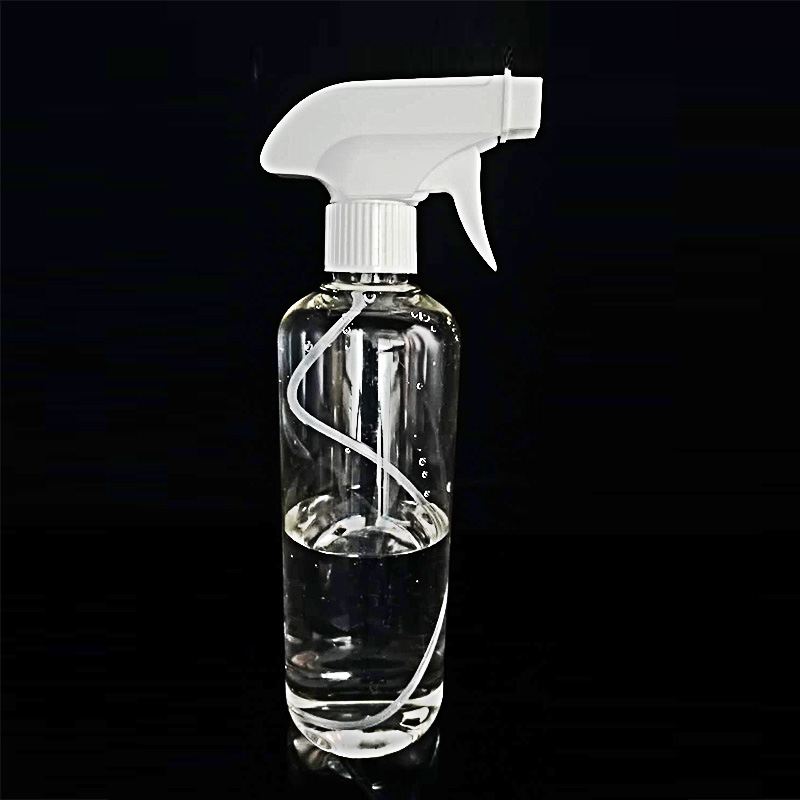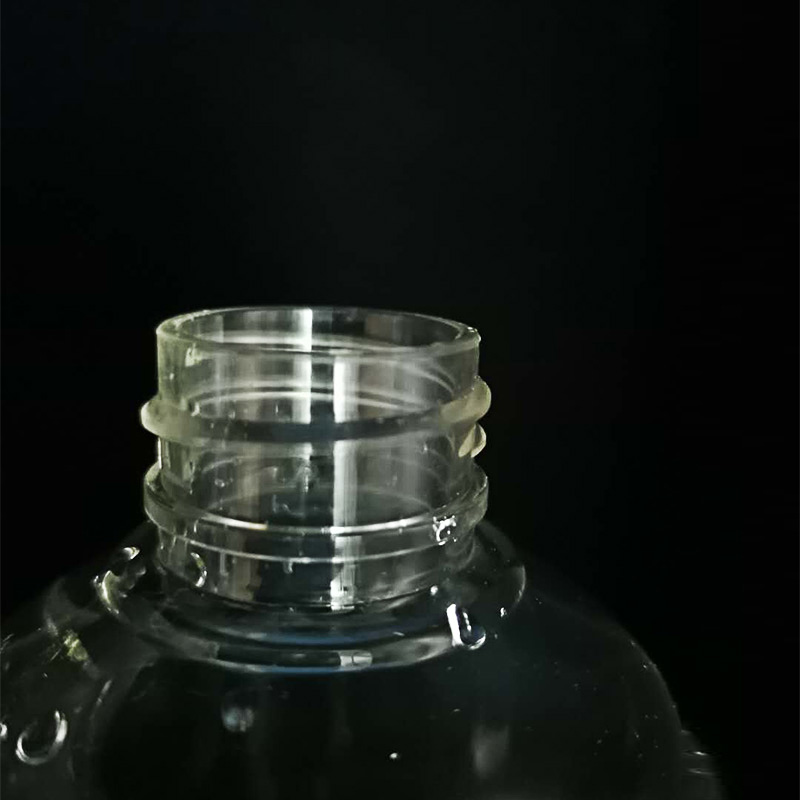Introduction and analysis of PLA biodegradable plastic bottle material
Plastic bottle manufacturers : Introduction and analysis of PLA biodegradable plastic bottle material
Polylactic acid (PLA) is a synthetic polymer material that is bio-based and can be degraded. PLA, a linear thermoplastic biodegradable aliphatic polyester, uses starch extracted from some plants such as corn, wheat, and cassava as the initial raw material. It is degraded by enzymes to obtain glucose, and then fermented by lactic acid bacteria to lactic acid, and then obtained by chemical synthesis. High-purity polylactic acid. After being discarded, the polylactic acid product will be completely decomposed into CO2 and H2O under the action of microorganisms, water, acids and alkalis in a certain period of time in soil or water. Subsequently, it will become the starting material of starch under the photosynthesis of sunlight. Pollution to the environment, so it is a completely natural recycling type biodegradable material. Green plastic
Product Information: Polylactic acid is also known as polylactide and belongs to the polyester family. Polylactic acid is a polymer obtained by polymerizing lactic acid as a main raw material. The raw material source is sufficient and renewable, and mainly uses corn, cassava, etc. as raw materials. The production process of polylactic acid is pollution-free, and the product can be biodegraded to achieve circulation in nature, so it is an ideal green polymer material. Polylactic acid has good thermal stability, processing temperature of 170-230 ° C, good solvent resistance, and can be processed in a variety of ways, such as extrusion, spinning, biaxial stretching, and injection blow molding. In addition to being biodegradable, products made of polylactic acid have good biocompatibility, gloss, transparency, feel, and heat resistance. They also have certain bacterial resistance, flame resistance, and UV resistance, so they are very useful. It is widely used as packaging materials, fibers, and nonwovens. It is currently mainly used in packaging, toys, cosmetics, medical care and other fields.

PLA has many applications and can be applied in many fields such as extrusion, injection molding, and blow molding.
Can be degraded by:
Compost degradation
Under compost conditions, PLA products can be 100% biodegraded within 180 days, and the final products are carbon dioxide and water. The composting conditions are as follows: temperature is 60 degrees, humidity is 98%, there are certain microorganisms
Landfill degradation
Landfill conditions are different from composting conditions, so PLA products degrade slowly, generally requiring 2-5 years, but the degradation products do not pollute groundwater, do not damage plant growth, and do not waste arable land.
Incineration
The combustion value of PLA is small, and the products of complete combustion are carbon dioxide and water, which does not pollute the air.
Recycle

Scraps are reused many times, but pay attention to changes in performance, and they can also be uniformly recycled and delivered to the relevant departments for centralized processing.





